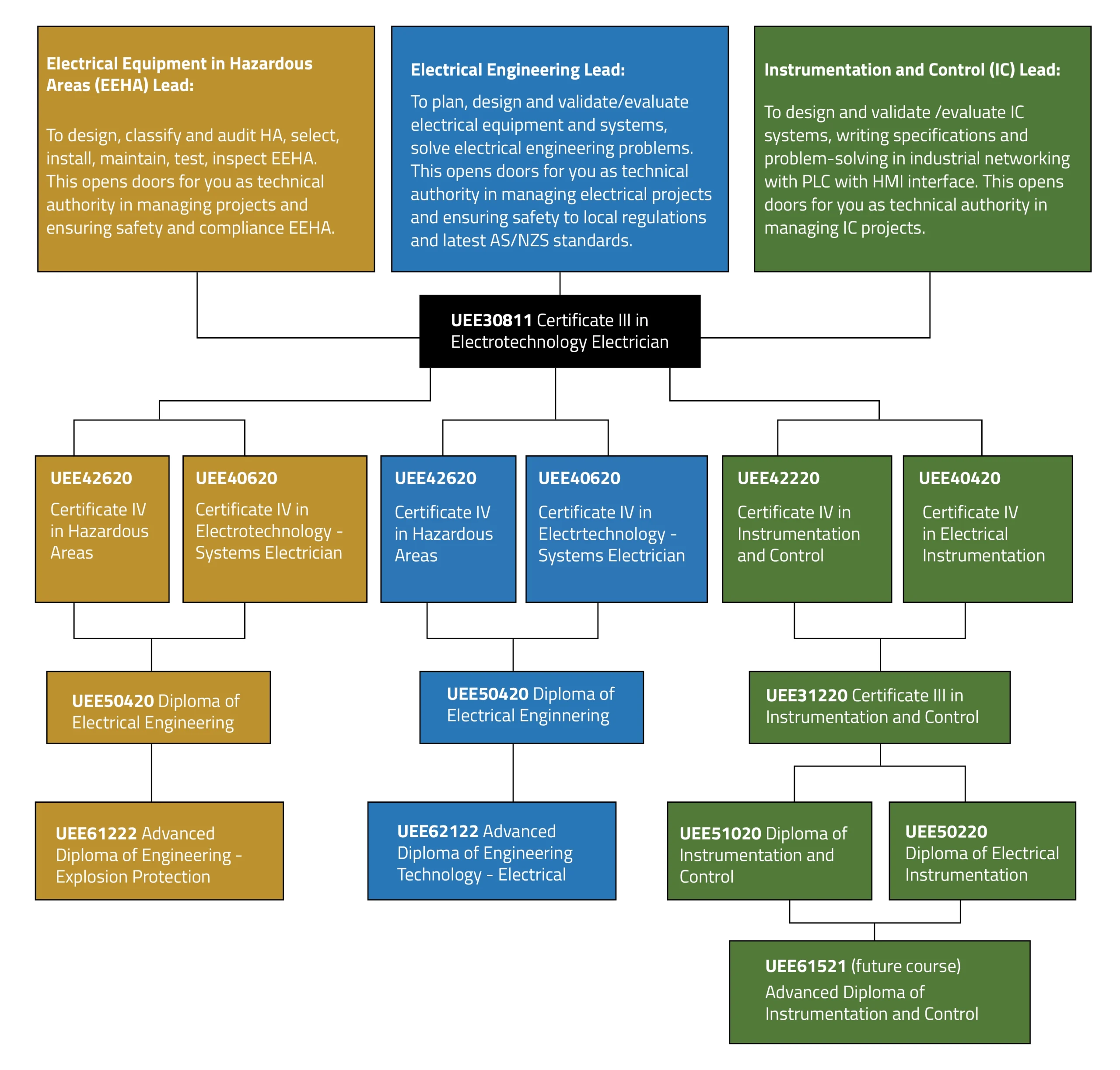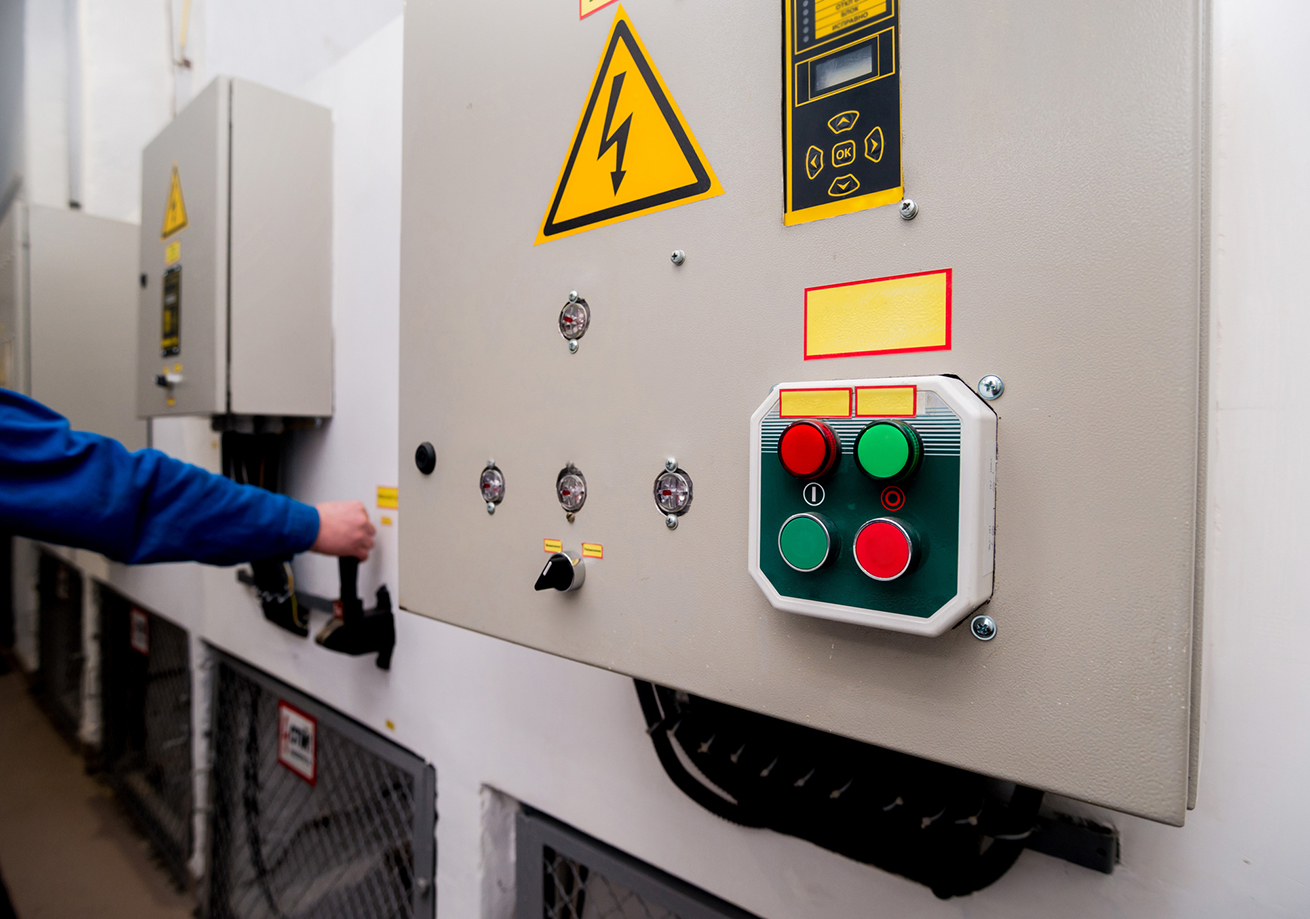The Buzz on Roar Solutions
The Buzz on Roar Solutions
Blog Article
See This Report on Roar Solutions
Table of ContentsRoar Solutions - An OverviewNot known Incorrect Statements About Roar Solutions The Best Strategy To Use For Roar Solutions
In order to shield installments from a prospective explosion a method of evaluating and identifying a possibly dangerous location is needed. The purpose of this is to guarantee the proper option and setup of equipment to inevitably protect against a surge and to ensure safety and security of life.
(https://profiles.delphiforums.com/n/pfx/profile.aspx?webtag=dfpprofile000&userId=1891249800)
No equipment ought to be set up where the surface area temperature level of the tools is above the ignition temperature of the provided risk. Below are some usual dirt unsafe and their minimum ignition temperature. Coal Dirt 380C 225C Polythene 420C (thaws) Methyl Cellulose 420C 320C Starch 460C 435C Flour 490C 340C Sugar 490C 460C Grain Dirt 510C 300C Phenolic Resin 530C > 450C Aluminium 590C > 450C PVC 700C > 450C Residue 810C 570C The possibility of the danger being existing in a focus high enough to cause an ignition will certainly differ from location to area.
In order to categorize this threat an installation is split right into locations of danger depending upon the amount of time the dangerous exists. These areas are referred to as Areas. For gases and vapours and dusts and fibers there are 3 areas. Zone 0 Zone 20 A harmful ambience is very most likely to be existing and might be existing for lengthy durations of time (> 1000 hours annually) or also continually Area 1 Zone 21 A dangerous ambience is possible however not likely to be present for extended periods of time (> 10 450 C [842 F] A category of T6 indicates the minimal ignition temperature level is > 85 C [185 F] Dangerous area electrical devices perhaps developed for use in higher ambient temperatures. This would certainly suggested on the score plate e.g. EExe II C T3 Ta + 60C( This implies at 60C ambient T3 will not be exceeded) T1 T1, T2, T3, T4, T5, T6 T2 T2, T3, T4, T5, T6 T3 T3, T4, T5, T6 T4 T4, T5, T6 T5 T5, T6 T6 T6 A T Course score of T1 indicates the maximum surface temperature created by the tool at 40 C is 450 C. Presuming the linked T Class and Temperature level ranking for the tools are ideal for the location, you can always make use of an instrument with a much more strict Department rating than needed for the area. There isn't a clear solution to this question however. It really does depend upon the kind of equipment and what repair work require to be executed. Devices with specific test treatments that can't be performed in the area in order to achieve/maintain 3rd party ranking. Need to return to the factory if it is before the devices's service. Field Repair Work By Authorised Personnel: Complex testing might not be called for however certain procedures might need to be adhered to in order for the devices to preserve its 3rd party score. Authorized personnel need to be employed to execute the work correctly Repair work have to be a like for like substitute. New component should be taken into consideration as a straight replacement requiring no special testing of the tools after the repair is complete. Each tool with an unsafe ranking should be evaluated independently. These are detailed at a high degree listed below, but for more in-depth information, please refer directly to the guidelines.
Fascination About Roar Solutions
The equipment register is a thorough database of equipment records that includes a minimum set of areas to determine each thing's area, technical parameters, Ex lover category, age, and environmental data. This info is crucial for monitoring and handling the equipment successfully within hazardous locations. In contrast, for regular or RBI sampling examinations, the quality will certainly be a mix of Comprehensive and Close examinations. The proportion of Comprehensive to Shut inspections will certainly be established by the Devices Risk, which is analyzed based on ignition danger (the likelihood of a source of ignition versus the chance of a combustible ambience )and the unsafe area classification
( Zone 0, 1, or 2). This variant will certainly likewise affect the resourcing requirements for job prep work. As soon as Lots are defined, you can develop tasting strategies based upon the example size of each Whole lot, which describes the variety of random devices products to be evaluated. To identify the called for sample size, two elements require to be reviewed: the dimension of the Lot and the classification of examination, which shows the degree of effort that ought to be used( reduced, normal, or raised )to the inspection of the Lot. By integrating the group of inspection with the Great deal dimension, you can after that establish the appropriate denial standards for an example, indicating the allowed number of faulty products found within that sample. For even more details on this procedure, please refer to the Power Institute Standards. The IEC 60079 typical recommends that the maximum interval in between assessments ought to not exceed three years. EEHA examinations will likewise be performed beyond RBI campaigns as part of set up maintenance and tools overhauls or repair work. These evaluations can be credited toward the RBI sample dimensions within the affected Great deals. EEHA assessments are conducted to identify faults in electric devices. A heavy racking up system is crucial, as a single item of equipment may have several faults, each with varying levels of ignition danger. If the combined score of both assessments is less than twice the fault rating, the Lot is considered acceptable. If the Great deal is still considered undesirable, it has to undergo a full assessment or validation, which may cause stricter evaluation protocols. Accepted Great deal: The reasons for any kind of mistakes are recognized. If a typical failure mode is discovered, additional tools may call for maintenance. Faults are identified by severity( Safety, Stability, Housekeeping ), making sure that urgent concerns are examined and addressed without delay to minimize any kind of influence on safety or procedures. The EEHA database ought to track and record the lifecycle of faults in addition to the restorative activities taken. Executing a durable Risk-Based Assessment( RBI )approach is critical for making certain conformity and safety in taking care of Electric Tools in Hazardous Locations( EEHA) (high voltage courses). Automated Mistake Scoring and Lifecycle Monitoring: Effortlessly manage mistakes and track her response their lifecycle to improve examination accuracy. The introduction of this assistance for risk-based assessment better reinforces Inspectivity's setting as a best-in-class remedy for governing compliance, in addition to for any kind of asset-centric assessment usage case. If you want learning much more, we welcome you to ask for a demonstration and find just how our option can transform your EEHA monitoring processes.
Not known Incorrect Statements About Roar Solutions

In terms of eruptive threat, a harmful location is an environment in which an explosive atmosphere exists (or might be expected to be present) in quantities that need unique safety measures for the building, setup and use tools. eeha certificate. In this write-up we check out the difficulties dealt with in the workplace, the risk control actions, and the called for competencies to function securely
It issues of modern-day life that we produce, store or deal with a range of gases or liquids that are considered flammable, and a series of dirts that are deemed combustible. These substances can, in certain conditions, develop explosive atmospheres and these can have significant and unfortunate effects. The majority of us are familiar with the fire triangular eliminate any kind of among the three aspects and the fire can not occur, however what does this mean in the context of harmful areas? When breaking this down right into its most basic terms it is essentially: a combination of a particular quantity of release or leak of a specific material or material, combining with ambient oxygen, and the presence of a resource of ignition.
In the majority of circumstances, we can do little concerning the levels of oxygen in the air, however we can have considerable impact on resources of ignition, for example electrical tools. Dangerous locations are documented on the unsafe area classification drawing and are recognized on-site by the triangular "EX" indicator. Here, among various other crucial info, zones are divided into 3 kinds depending on the threat, the chance and duration that an eruptive environment will certainly exist; Area 0 or 20 is considered the most dangerous and Zone 2 or 22 is deemed the least.
Report this page